Search
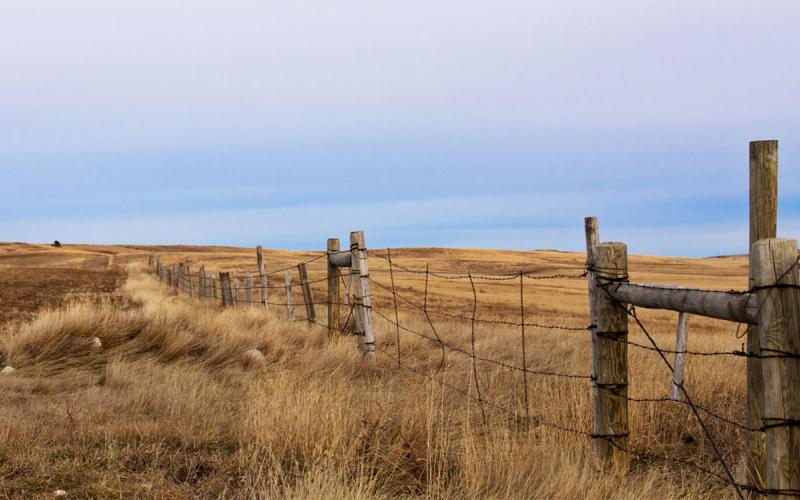
Lameness in Cattle: Causes Associated With Injury
Most cattle in pastures and feedlots are exposed to multiple potential causes of injury. Learn some of the injury-related causes of lameness in cattle, starting with the foot and working our way up.

Lameness in Cattle: Causes Associated With Infections
Infections are among the most-common reasons for lameness in feedlot and adult cattle, and in some cases they can be treated or prevented with more success than other causes of lameness.
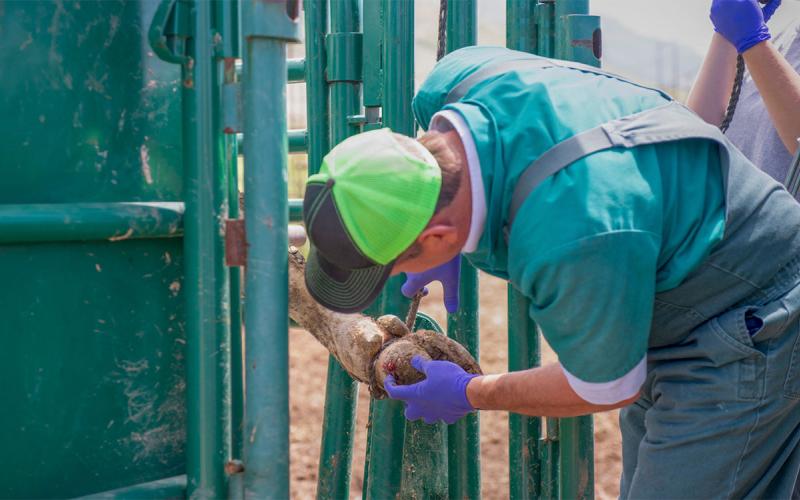
Getting to the Bottom of Cattle Lameness Cases: Diagnosis
Making the right decisions about how to deal with a lame animal depends on how accurately the cause of the lameness can be diagnosed and localized.
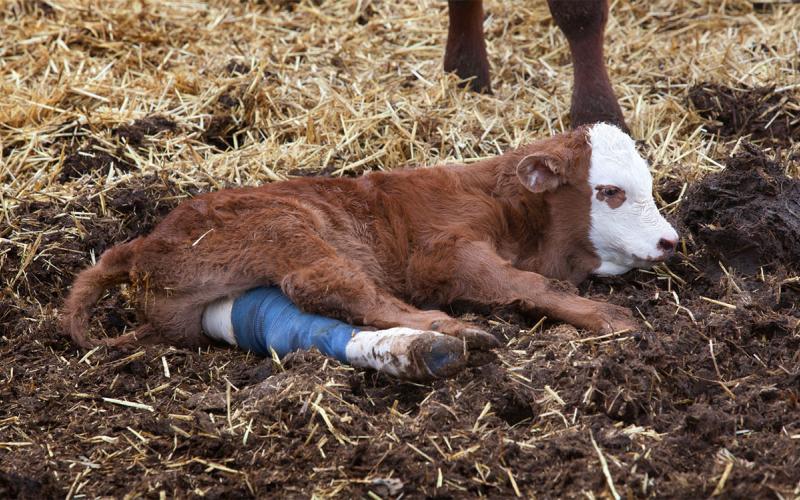
Treating Lameness in Cattle
Successfully treating most cases of cattle lameness usually involves more than a simple injection of antibiotics. Knowing the best intervention for a particular animal starts with a good diagnosis of the problem.
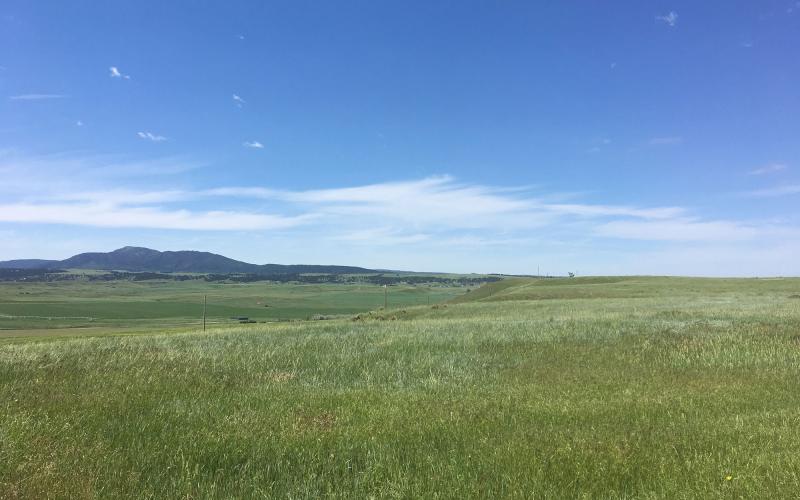
South Dakota Range Camp Set for June 29–July 1
April 12, 2021
SDSU Extension is partnering with staff from the United States Forest Service, Bureau of Land Management and Natural Resources Conservation Service to provide a three-day event, the South Dakota Natural Resource Professionals Range Camp.
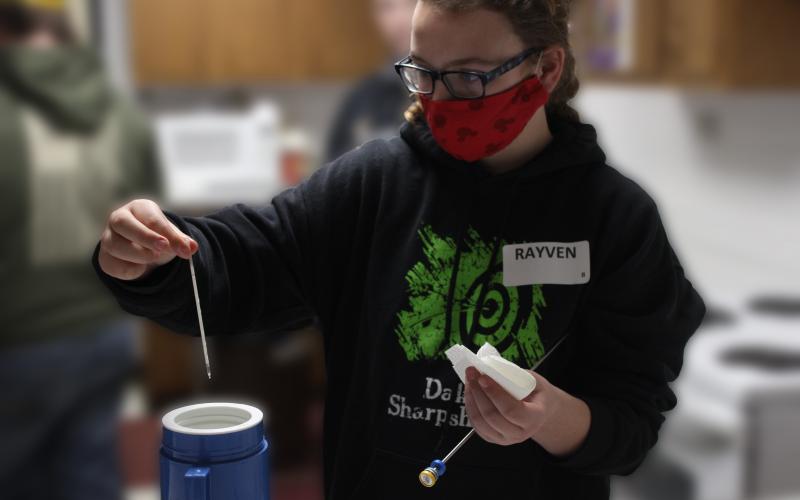
SDSU Extension Hosts Youth AI Day Camp in Grant County
April 13, 2021
Twenty-one South Dakota 4-H youth involved in the beef project area traveled to Milbank to participate in the SDSU Extension Youth AI Day Camp held March 20.
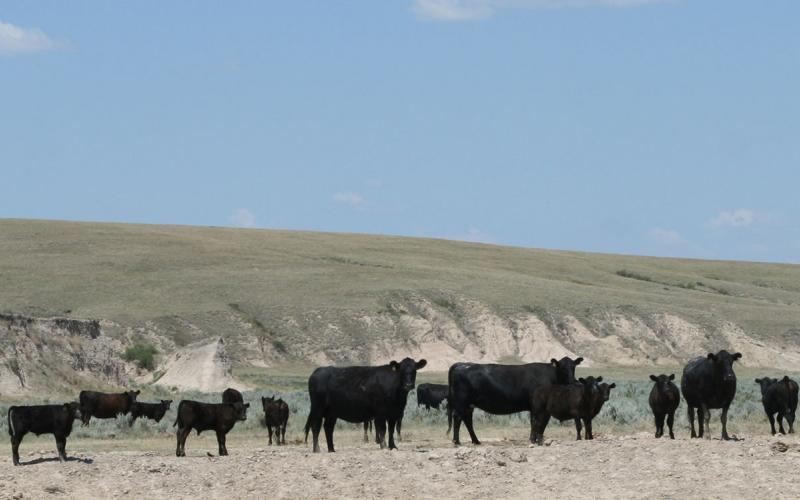
Adaptive Management: One Strategy To Increase Your Operation’s Flexibility and Resiliency
Adaptive management is a strategy that livestock producers can use to manage year-to-year variability in forage production and build drought resiliency for their operations.
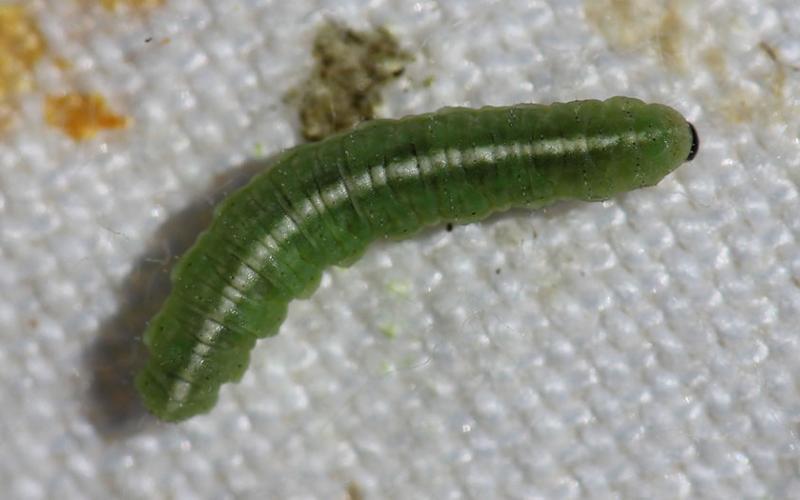
Alfalfa Weevil Activity Prediction Update: April 15, 2021
Due to the cooler temperatures, we didn’t accumulate a lot of degree days for alfalfa weevils during the last week. However, there are some areas in South Dakota where alfalfa weevils may be active.
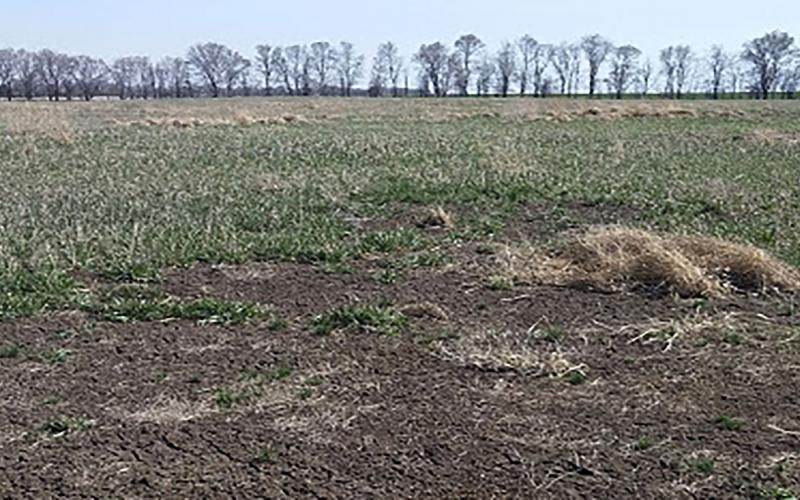
Do You Have True White Grubs in Your Pasture or Rangeland?
Grub damage to pastures and rangeland is often observed in South Dakota. From past observations, some of the heaviest infestations in the state are located near the Missouri River.
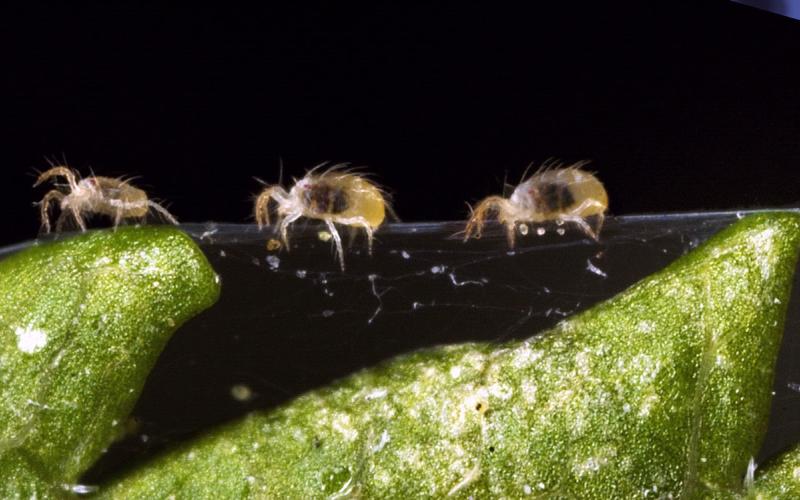
Dry Conditions Could Lead to Early Twospotted Spider Mite Infestations
Although it isn’t an insect, the twospotted spider mite is an occasional pest of crops in South Dakota, and its populations can rapidly increase during dry conditions.